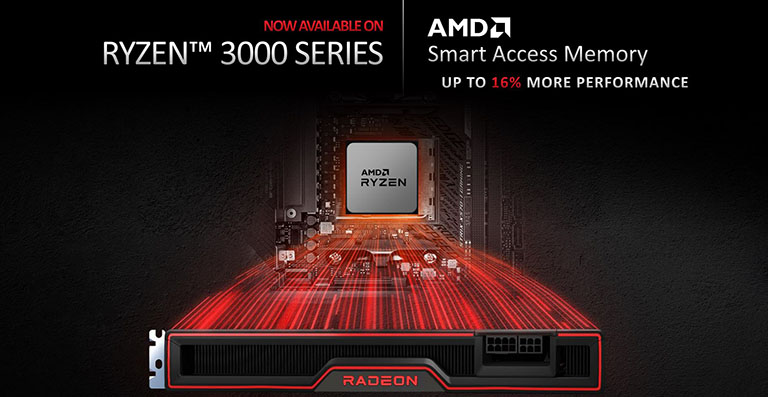AMD took the technology initiative by launching what it dubs as Smart Access Memory (SAM) alongside the release of Radeon RX 6000 Series GPUs last November.
SAM enables the CPU to access the entire gamut of video card memory over the PCI Express highway, which removes certain bandwidth bottlenecks that inhibit overall performance. The idea is that being able to map more memory promotes higher data transfer and consequently increases framerate. The exact gain is dependent entirely on game engine and resolution, but can be up to 16 per cent in a best-case scenario.
AMD initially limited SAM usage to RX 6000 Series cards and Ryzen 5000 Series CPUs running on 500 Series chipsets. Made sense, too, as the trio was all cutting-edge at the time. Since last November, however, Nvidia has been working on the same underlying Resizable BAR technology for its RTX 30-series cards. Just last week, the company introduced the feature for the RTX 3060 on eight popular titles across select AMD and Intel CPUs with the relevant motherboard BIOS support.
Not to be upstaged, AMD today announced that its specific SAM technology is extended to Ryzen 3000 Series processors. That's a big deal considering the number of chips already in the wild. Promising the same up to 16 per cent performance uplift in a best-case scenario, users will still need a 500 Series motherboard equipped with the latest BIOS with the relevant AGESA update, and a Radeon RX 6000 Series GPU to take advantage of the framerate boost SAM confers.
If results from our Ryzen 5000 Series testing are anything to go by, there's extra performance for free, albeit the gain being hugely dependant upon resolution and title.
All Ryzen 3000 Series chips are covered other than Ryzen 5 3400G and Ryzen 3 3200G - those are based on older Zen+ technology rather than Zen 2.














